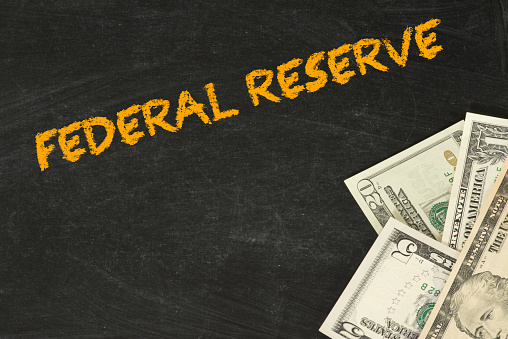The FOMC minutes for the March meeting reinforced the members’ confidence over the economic growth outlook and that inflation would return to the +2% target in the medium-term. The confidence was mainly driven by the tax reform plan passed late last year as well as passage of the Federal spending bill earlier this year. The members believed that the economy would continue to expand at “a solid rate” during the rest of the year, despite further gradual increases in interest rates. The committee did discuss about escalating trade tensions. While the members did not think that the US steel and aluminum tariffs would have significant impact on the outlook, a “strong majority” cautioned that retaliatory measures by trading partners and uncertainty would pose downside risks to the economy.
On domestic economy, the members noted that household spending and business investment moderated in 1Q18, following a strong 4Q17. Yet, they generally believed that the situation was transitory, resulting from delayed tax returns and residual seasonality. Given improvement in inflation over the past few months, the Committee has been increasingly confident that the general price level would move up and stay near the +2% target. Such expectations have made the Fed’s rate hike path warranted. As suggested in the minutes, “a number of participants indicated that the stronger outlook for economic activity, along with their increased confidence that inflation would return to +2% over the medium term, implied that the appropriate path for the federal funds rate over the next few years would likely be slightly steeper than they had previously expected”.
The key reasons for a more upbeat FOMC was fiscal stimulus: tax reform and the great increase in federal spending. As suggested in the minutes, all participants judged that “tax changes enacted late last year and the recent federal budget agreement, taken together, were expected to provide a significant boost to output over the next few years”. The happening of fiscal stimulus during the time of full employment has further raised confidence of the inflation outlook. However, the members “generally regarded the magnitude and timing of the economic effects of the fiscal policy changes as uncertain, partly because there have been few historical examples of expansionary fiscal policy being implemented when the economy was operating at a high level of resource utilization”.
On the monetary policy outlook, while some members preferred waiting until more data evidence that inflation would reach +2%, the rest believed that an increase in the policy rate was appropriate. While emphasizing a “gradual approach”, the minutes did not signal whether there would be two or three more rate hikes for the remainder of this year.
Link to the source of information: www.actionforex.com


 Signal2forex.com - Best Forex robots and signals
Signal2forex.com - Best Forex robots and signals




